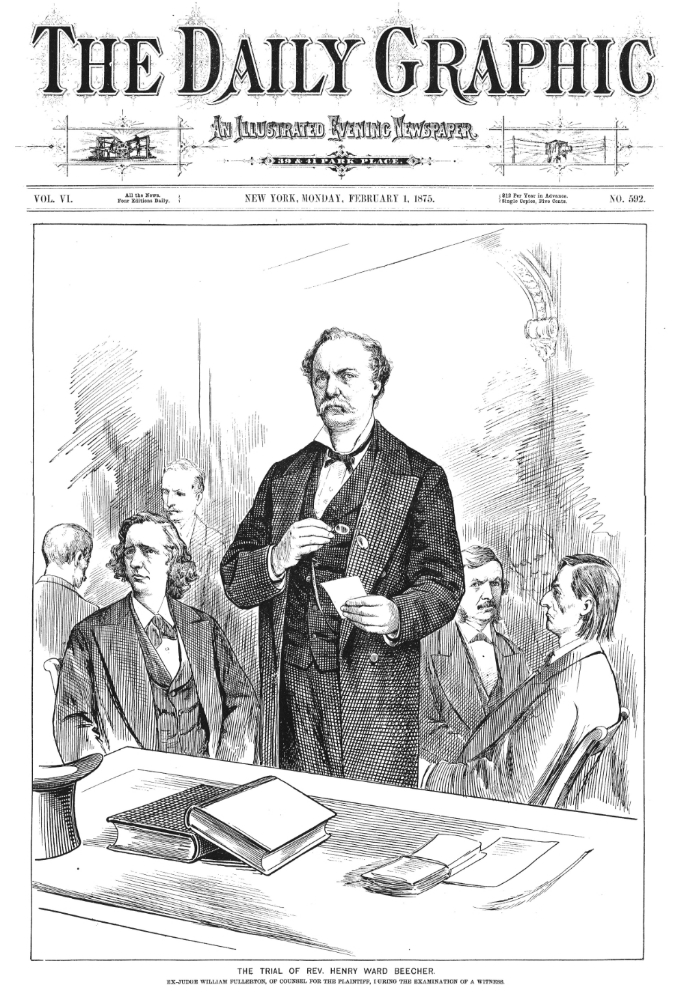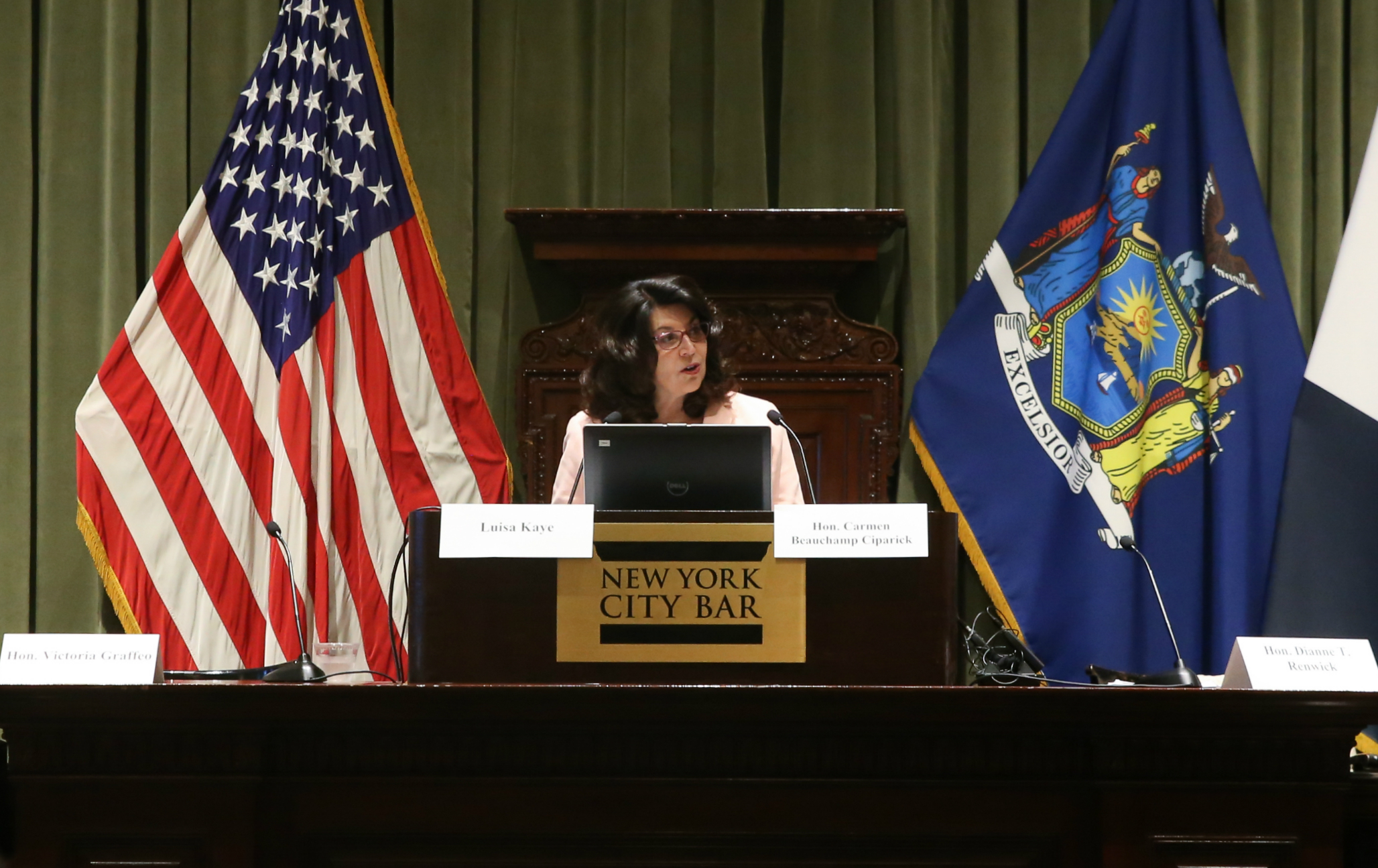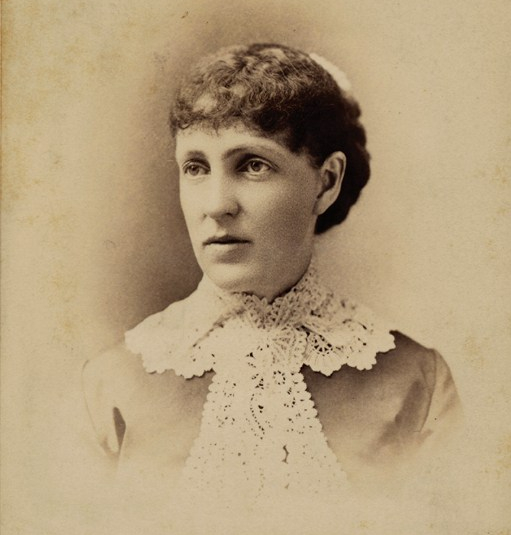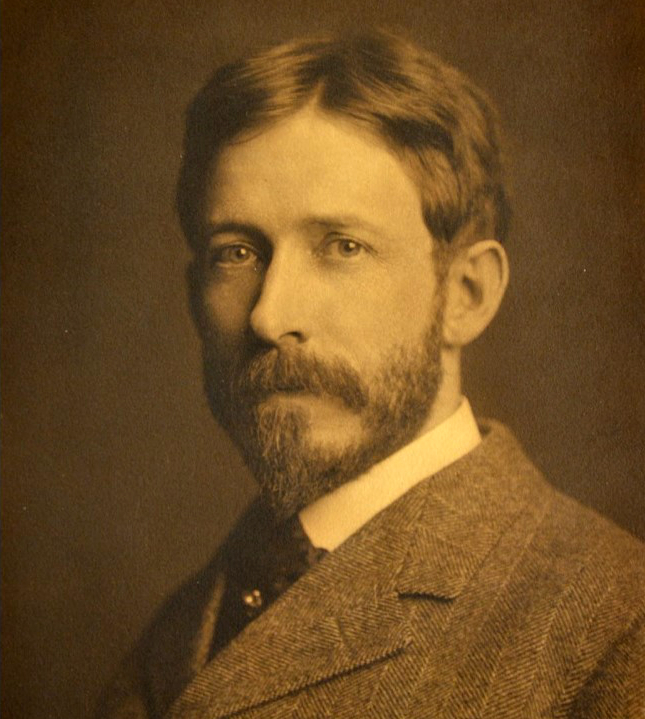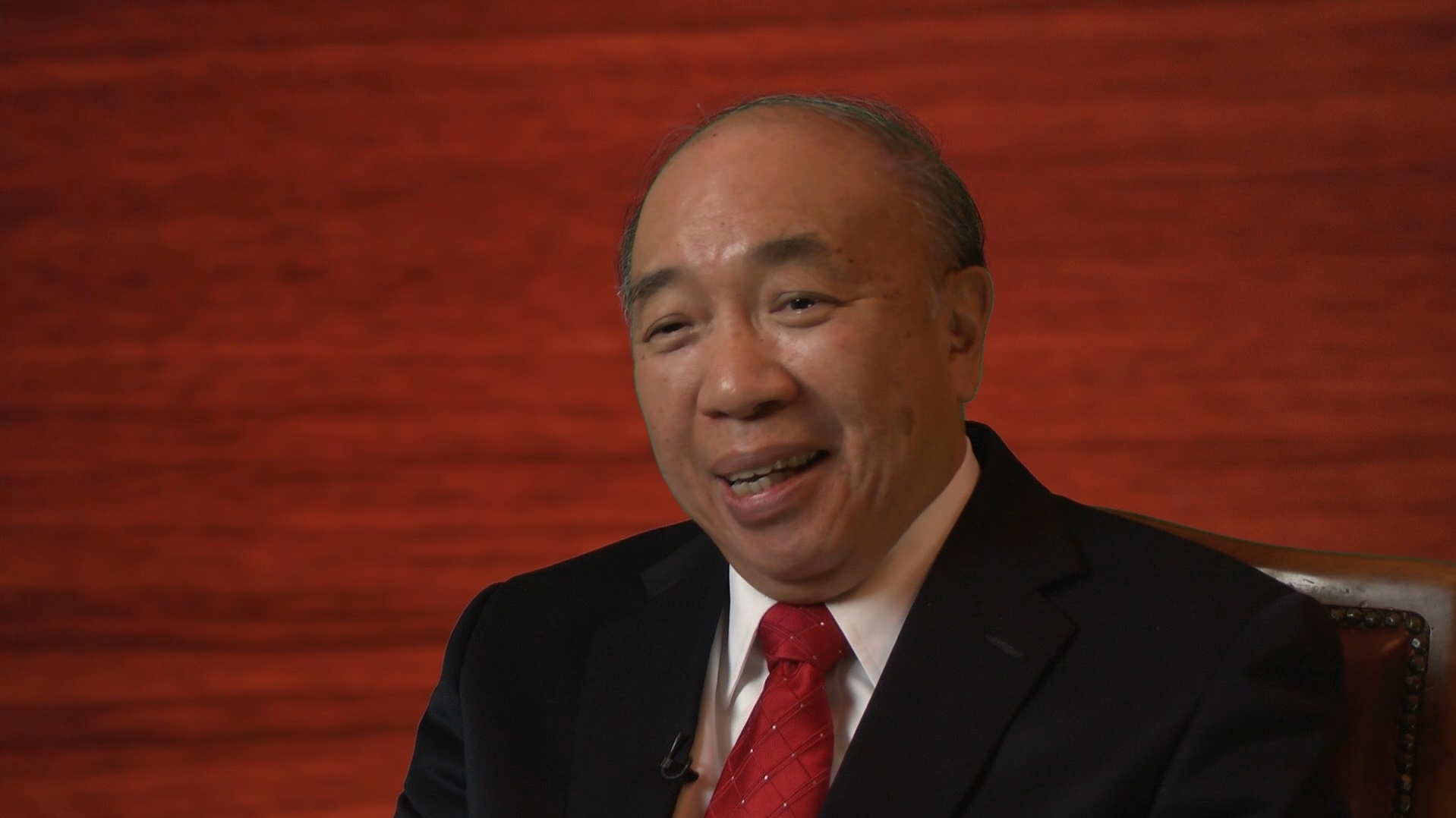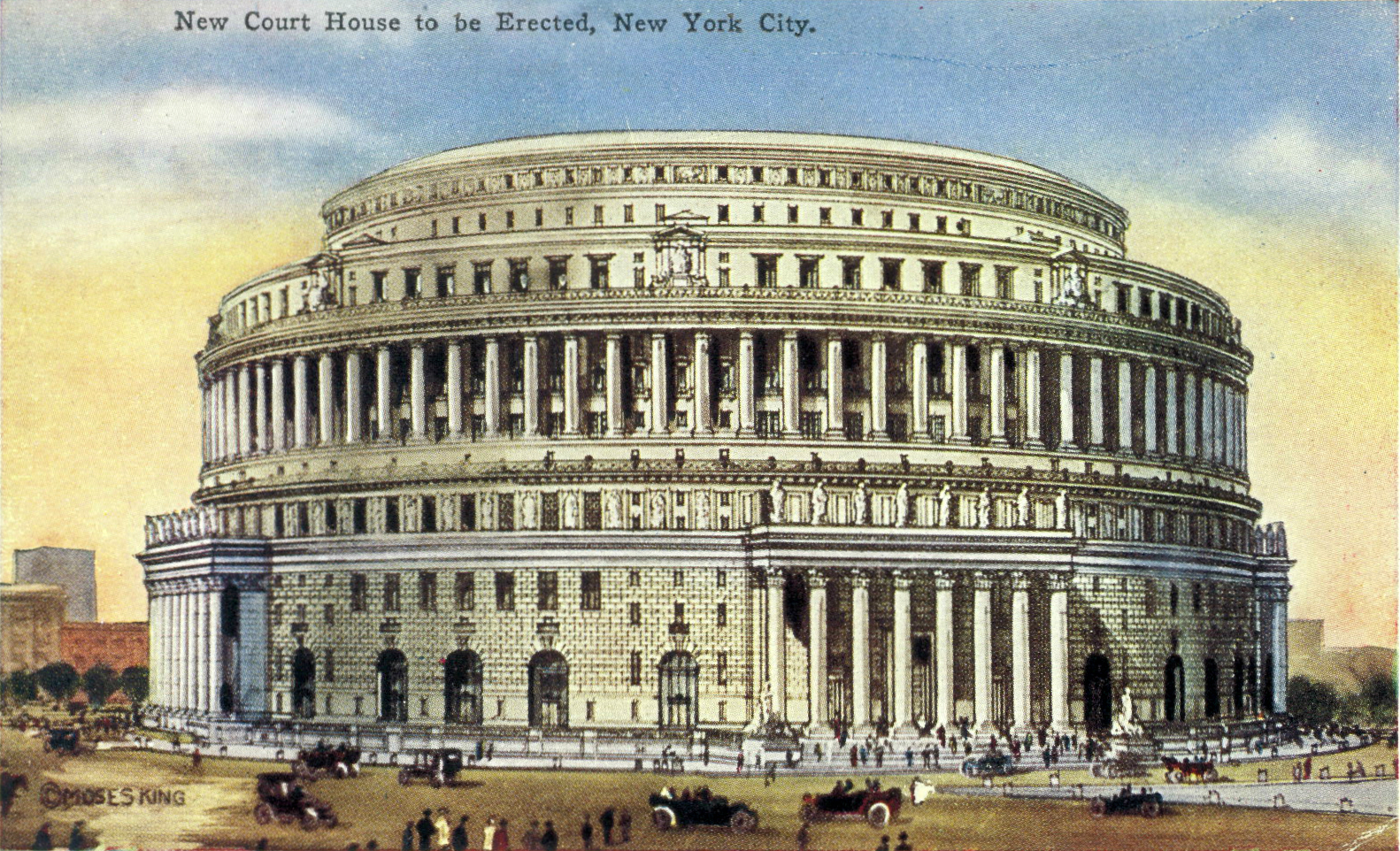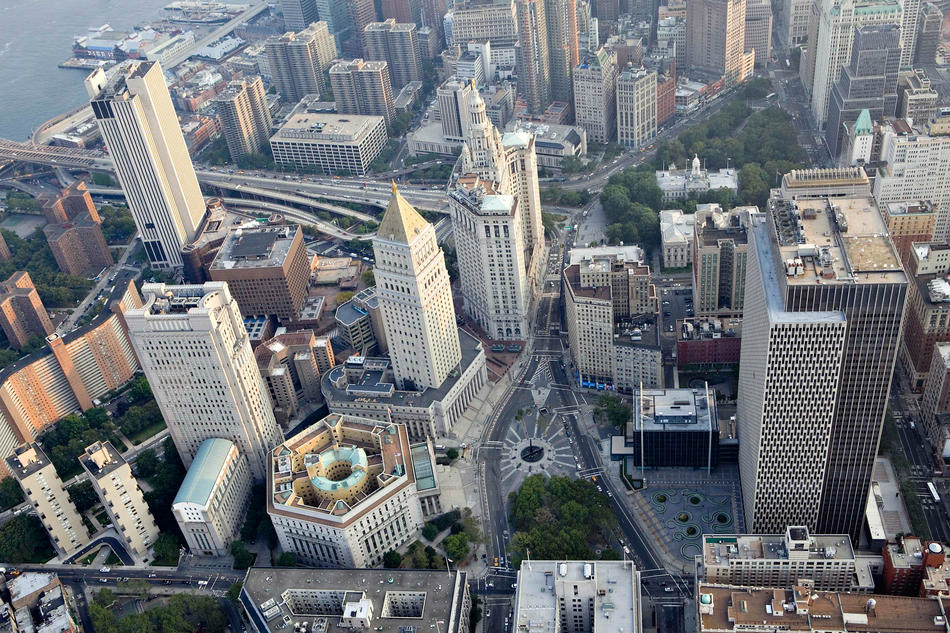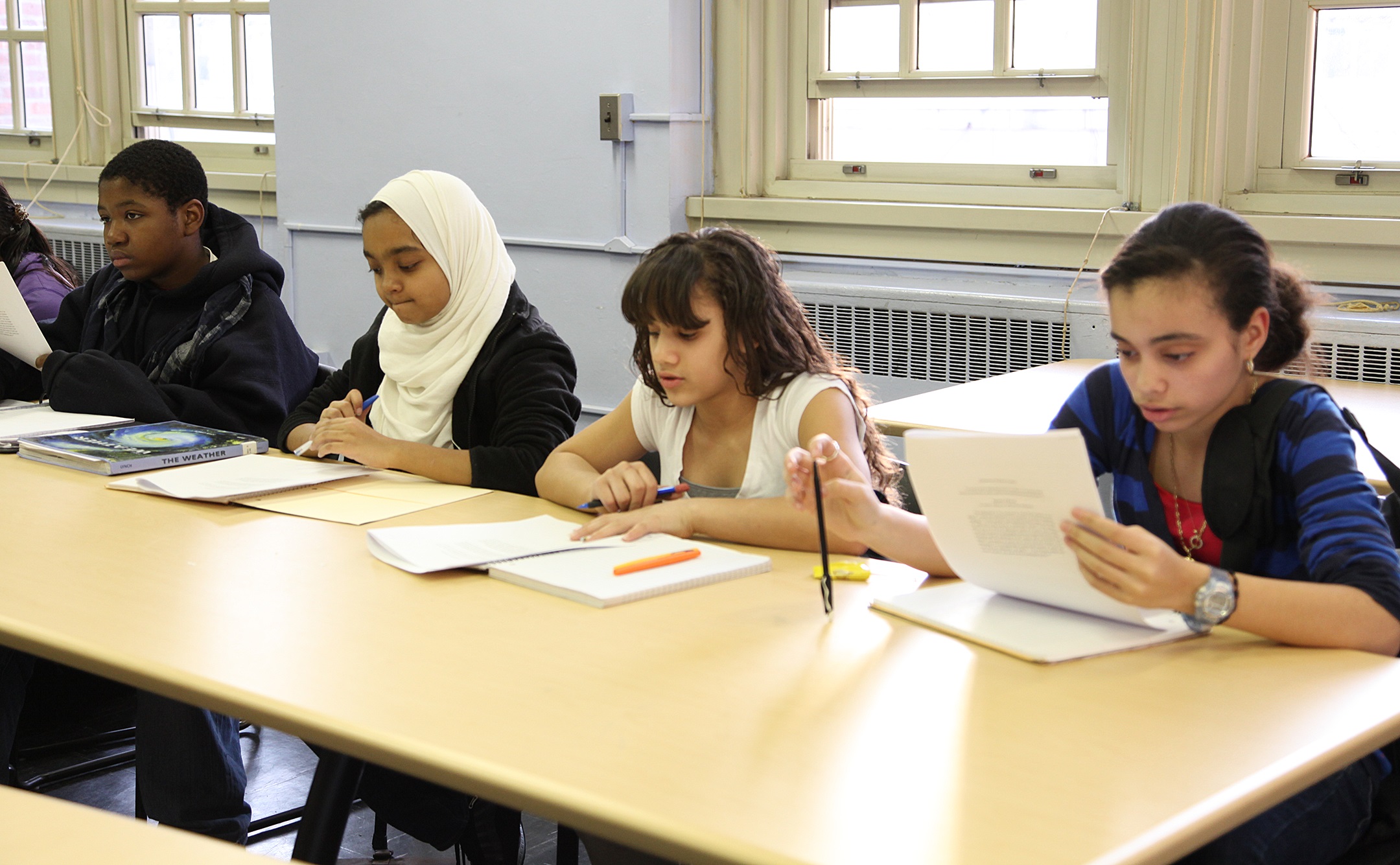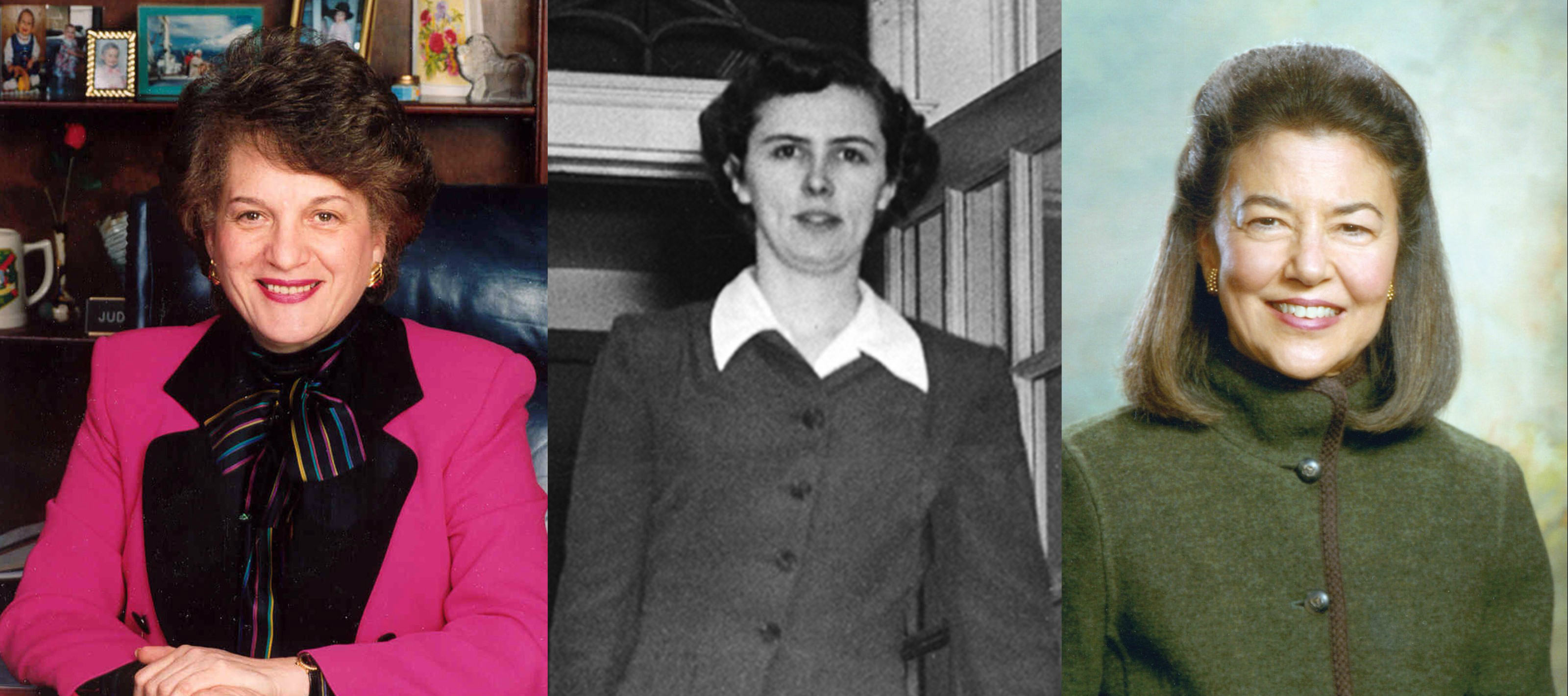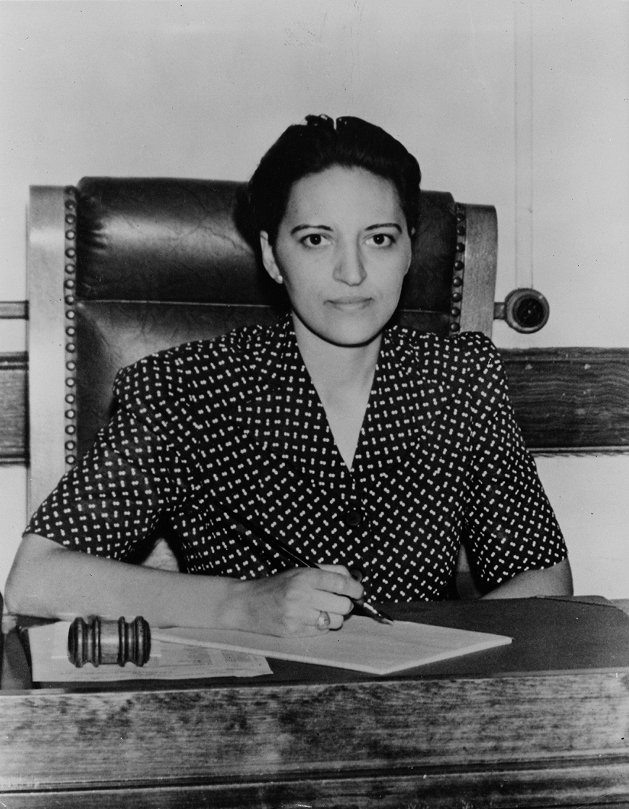This article was written by Michael A. Green. Michael was a partner at the law firm Shereff Friedman Hoffman & Goodman, and since 2009, he has been restoring the 1868 Fullerton Mansion in Newburgh, New York. In Issue 13 of Judicial Notice, the Historical Society’s journal which focuses on New York’s legal history, he explores the William Fullerton’s cross-examination of Henry Ward Beecher in greater detail. This issue will be arriving on your doorstep soon but only if you are a Society member. Don’t miss out on this terrific profile and more, join the Society now!
Image: William Fullerton, Esq. at the Tilton-Beecher trial. The Daily Graphic, February 1, 1875, vol. VI, no. 592
For nearly 140 years, writers and social historians have been fascinated by a single 1875 trial — Tilton v. Beecher. The underlying story of an ill-fated love triangle combined Shakespearean elements of high drama with tabloid level juicy scandal.
Reverend Henry Ward Beecher’s outspoken views had generated a list of enemies to rival nearly any major American historical figure, and in the background, were larger issues that presage today’s “culture wars.”

